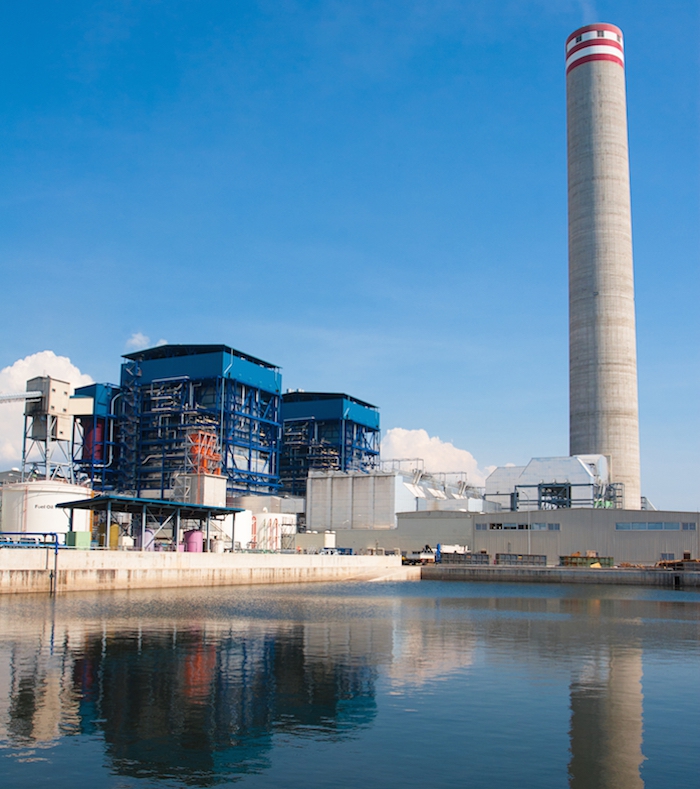
Workshop looks at using biomass to meet Alberta’s climate goals
April 1, 2016
By
Scott Jamieson
April 1, 2016 - The Government of Alberta is phasing out coal power plants and offering incentives for wind and solar energy. But what about meeting peak power demands, managing intermittent power drops from wind or solar, and the potential stranding of massive existing power generating assets?

That’s where biomass can balance out the supply side. Biomass can be used as a direct coal replacement to provide power on demand. Biomass, if sourced sustainably, can greatly reduce net GHG emissions while providing clean renewable energy. It can also drive local job creation and tax revenues.
Biomass co-firing and dedicated firing is widely used in Europe and Asia to meet climate objectives and has recently been adopted in Ontario. Biomass is cost-effective compared to other forms of renewable energy and can be used to extend the life of Alberta’s coal power fleet.
Attendees will learn about:
•The biomass carbon cycle
•Successful international examples of biomass co-firing
•The successful conversion of OPG’s Atikokan Power Plant from coal to biomass
•Biomass sustainability
•Biomass availability and logistics in Alberta
•Plant conversion capital and operating cost estimates
•Policy recommendations
Who should attend?
•Senior power industry executives,
•Power plant engineers and operating personnel,
•Biomass fuel producers,
•Government regulators,
•Academia
•Media
Thanks to some crucial support from sponsors like the Canadian Clean Power Coalition, BiofuelsNet and Premium Pellets, the 2016 Biomass Co-firing Workshop is right on schedule for Edmonton this coming May 4th. It’s limited to 100 attendees and the list is already over 40 – register soon to avoid disappointment.
Print this page